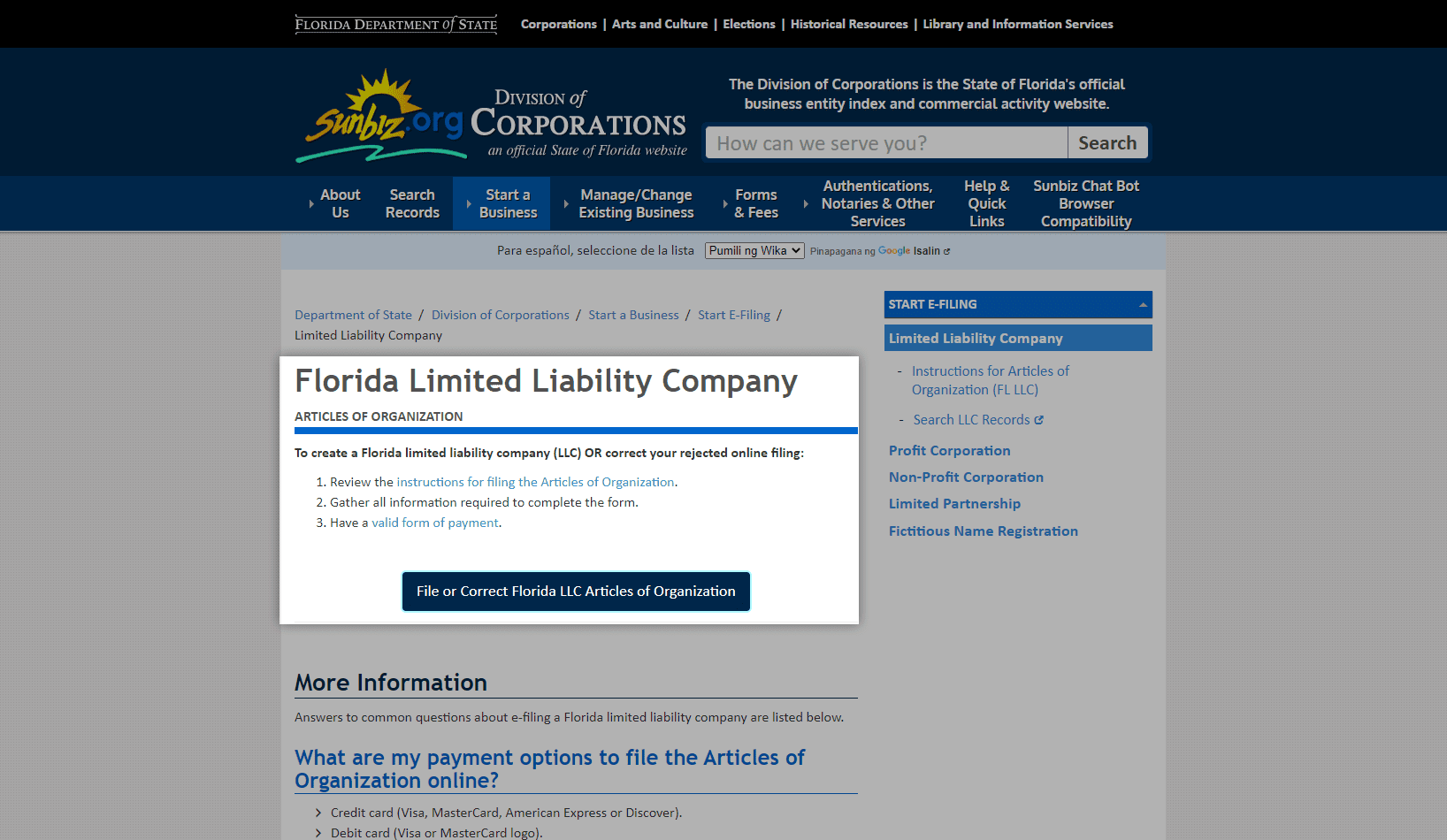One of the most challenging aspects of starting a business is navigating the complex regulatory environments in the United States. A new vending machine business may need to get a vending business license, seller’s permits, local health department permits, and inspections, and comply with additional federal government regulations. Don’t worry! We’ll show you how to get a vending machine business license.
Here’s what you’ll discover by reading this article (Click any of the links below to jump to each section):
We interviewed Adam Hill, the founder of Hill Vending. He provided insight on how he turned a $60K investment in a vending business into $750K of annual revenue, read about it here. Fortunately, he’s provided information about the details of entering the vending machine industry to help you succeed faster.
Start off by listening to our interview with Adam:
1. What Regulations Impact Owning Vending Machines?
A vending machine owner will need to comply with a variety of local, state, and federal laws. We’ll provide resources for each level of government and how they impact vending machine companies.
Local Laws

Many counties and cities require business licenses to operate a vending machine business. Some locations will also have a local health district. If your location has a health district, they may require:
- An opening inspection
- Routine inspections
- Inspections after a complaint
These inspections are normally easy to pass as long as you:
- Take care of your machines
- Maintain proper temperatures for food items and drinks
- Ensure all products are within the expiration date
- Don’t have evidence of bugs or rodents in the machines
If you have to comply with a local health district, you may also need a food handler card. Check with your local department for more accurate information.
State Laws
Depending on the law in your state, you will need to:
- File for an LLC or Corporation with the Secretary of State.
- Apply for relevant state business licenses (if applicable).
- Get a seller’s permit.
- Comply with labor laws.
- Get a permit for each location.
Each state is different. We recommend consulting with a lawyer who has experience in business law.
Federal Laws
Small business owners may need to comply with federal laws regarding vending machines including:
- Get an Employer Identification Number from the IRS.
- Comply with the Americans with Disabilities Act (ADA). You’ll need to collaborate with the owner of the vending machine location.
- Post nutritional information if required by the Food and Drug Administration (FDA).
- Comply with Tobacco Laws if running tobacco vending machines.
2. Do You Need a License to Own a Vending Machine?
Any vending machine that is used to generate sales will need a business license and sales permit to operate and file taxes. Some people use vending machines, slot machines, or arcade games as a way to have cool memorabilia in their homes and save money in the process. You do not need any business licensing in that scenario because there are no customers.
3. How to Get a Vending Machine License

To get a vending machine license, you’ll need to:
- Get an LLC.
- Apply for business licenses. Learn how.
- Get sales permits.
- Apply for a food or beverage license if needed.
We walk you through the process of applying for these in our business hub.
How Much Is a Vending Machine License?
The fees for a vending machine license will vary by state, but you can expect costs of up to $3,000. Contact your local Small Business Administration office. They’ll help you determine what you need to start selling food and drinks to customers for money.
4. Permit for Vending Machine Business

You will most likely need a separate permit for each vending machine location or even one for each machine based on your county or local government’s laws. Small businesses should research their city and county machine regulations to make sure they are in compliance. The fees in most places are inexpensive to sell food or drinks out of a machine. For example, the North Las Vegas code requires a semi-annual fee for each piece of equipment based on the following prices:
- $10: Vending machines dispensing anything that costs over $.25
- $15: Tobacco vending machines
- $25: Pool tables, jukeboxes, and other amusement machines
Just search “Vending machine permits in (Insert Your County or City)” to determine the proper fees and where to pay them. Alternatively, you can contact your local Small Business Administration office. They’ll help you determine what you need to start selling food and drinks to customers for money in your region.
How Much Is a Vending Machine Permit?
The cost of a vending permit will vary based on your state’s regulations. Most states require you to obtain seller’s rights based on the right equipment. A permit to sell tobacco products ranges from $15 to nearly $1,000, with most being under $200, while a permit for selling foods or milk products often costs between $100 and $300. You may also need to pay a per-device fee with your local government. Contact them to find out the fee per device or location.
5. State Licensing for Machine Vending
Texas, California, and Florida are where the majority of our traffic for vending machine businesses originates, so we’ve added a little extra information for you. We’ll add other locations as justified.
How to Get a Vending Machine License in Texas?
To get a license for vending machines in Texas:
- Create an LLC on the Secretary of State website.
- Get a sales tax permit from the Texas Comptroller of Public Accounts.
- Check to see if you have any local requirements.
How to Get a Vending Machine License in Florida?

To get a vending machine license in Florida, you should:
- Create an LLC from the Florida Department of State.
- Get a business license from the Florida Department of Business and Professional Regulation (DBPR).
- Get a vending machine permit for the Florida Department of Agriculture and Consumer Services. The closest permit I can find is the retail food establishment. Call the department of Agriculture before applying.
- Obtain a sales tax permit from the Florida Department of Revenue.
- Check with your local government for requirements in your area.
How to Get a Vending Machine License in California?
Getting a vending machine license in California will require these steps:
- Go to the California Secretary of State. Use the business startup to create an LLC or corporation.
- Obtain a seller’s permit from the California Department of Tax and Fee Administration. It should be accessible from the wizard under “My Work Queue.”
- Check with your local government for requirements in your area.
More Vending Machine Resources
Check out our other blogs about machines vending:
Check out our other blogs about vending machines including:
Then sign up for our Vending Machine Bootcamp.
Build Your Vending Machine Business
Now that you know how to get your vending machine business registered with the government, make sure to sign up for our Vending Machine Bootcamp to help you get started.
What challenges have you had while creating a vending machine business?
- Finding vending machine financing
- Finding good deals on food and drinks
- Finding new locations




